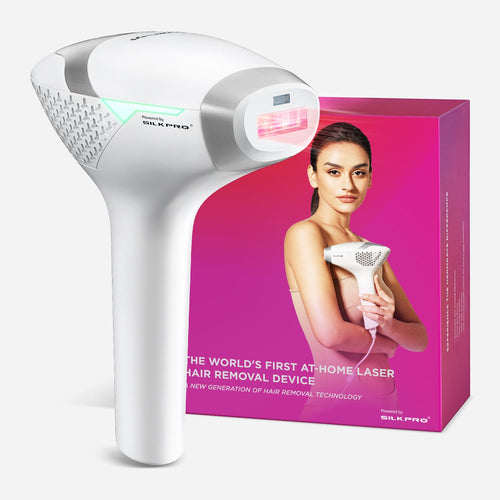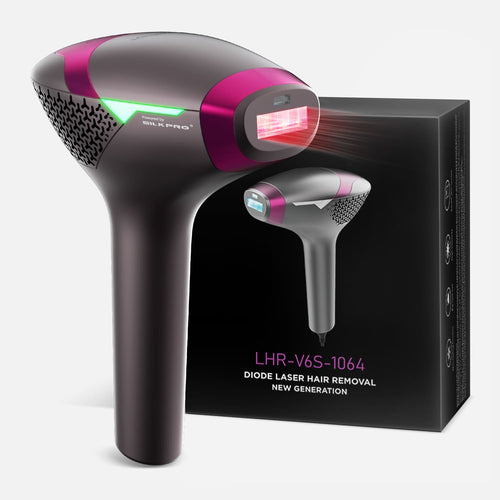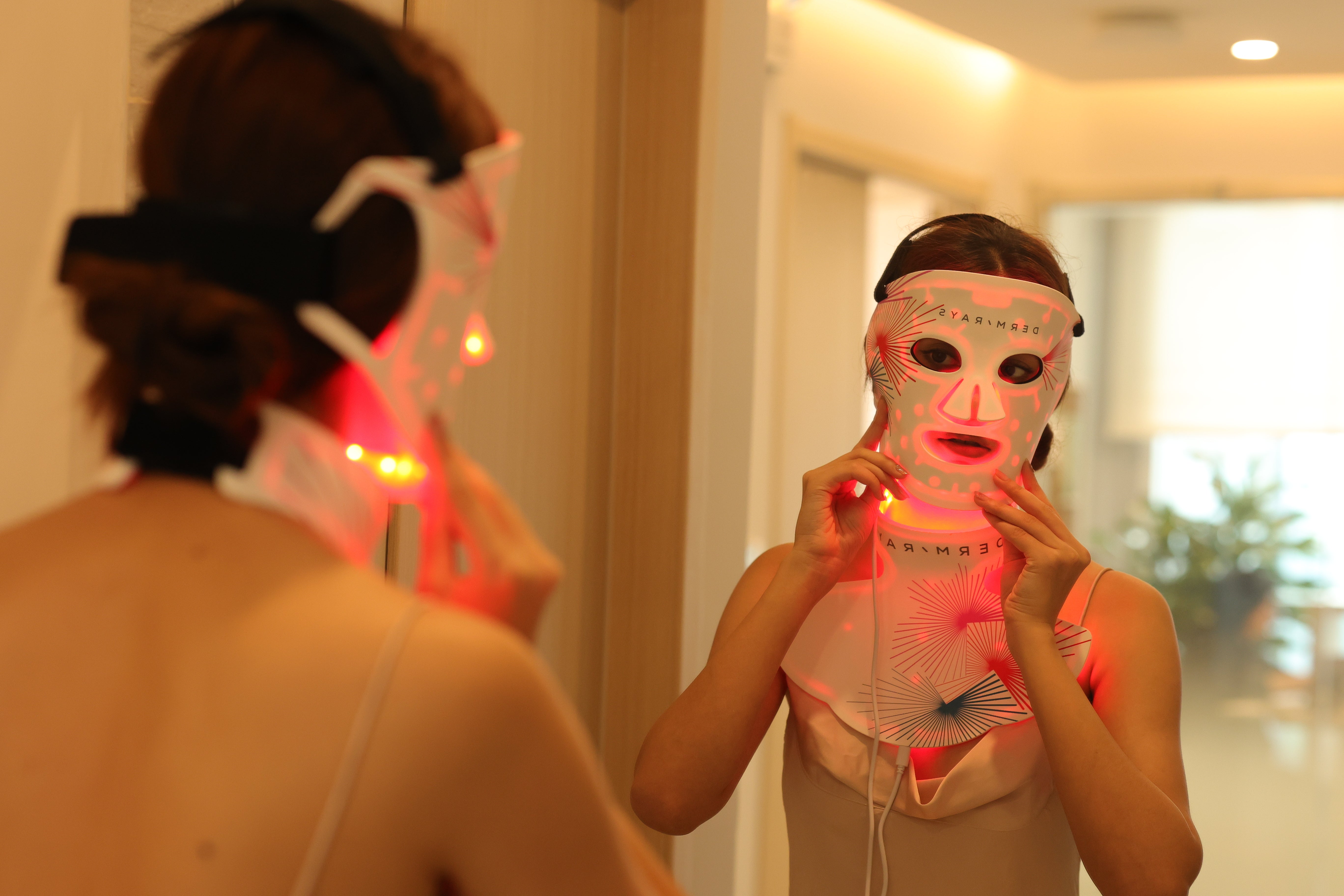Understanding Laser Hair Removal
Laser hair removal destroys hair follicles with concentrated light to stop future hair growth. It's an effective and precise way to remove unwanted hair permanently.
How Laser Hair Removal Works
A laser is used in laser hair removal to harm hair follicles.
It is inhibiting new hair growth. Multiple sessions are needed for optimal results.
Tattoos and Laser Hair Removal
A detailed examination of the benefits of laser hair removal gives rise to safety issues. A needle is used to inject the colorants into the skin for tattoos. They are working on a long-lasting design. Is using laser hair removal safe? On skin that has tattoos? What are the drawbacks of this application?1. Risk of Skin Damage:
One primary concern when combining laser hair removal with tattoos is the potential risk of skin damage. The laser targets melanin, the same pigment present in both hair and tattoos. If not performed with caution, the laser may inadvertently affect the tattooed area, leading to discoloration, fading, or even scarring.
To mitigate this risk is already clear and concise. There are no spelling, grammar, or punctuation errors in this text. It is crucial to use laser devices with adjustable settings, allowing practitioners to tailor the treatment to individual skin and tattoo characteristics. Additionally, seeking a skilled and experienced practitioner is essential to minimize the likelihood of adverse effects.
2. Selective Photothermolysis:
Selective photothermolysis is a principle in laser therapy that involves selecting specific wavelengths of light to target a particular tissue without affecting surrounding structures. In the case of laser hair removal on tattooed skin, selecting an appropriate wavelength is crucial to avoid damaging the tattoo pigments.
Modern laser hair removal devices often come equipped with adjustable settings that allow practitioners to tailor the course of care to the patient's skin type. Hair color and tattoo characteristics. This customization minimizes the risk of unwanted side effects and enhances the precision of the procedure..
3. Testing in a Small Area:
Before proceeding with laser hair removal on a tattooed area, practitioners may conduct a patch test on a small, inconspicuous area to assess the skin's response. This test helps determine the optimal settings for the laser device and ensures that the chosen parameters are safe for the specific combination of tattoo and hair removal.
Benefits of Laser Hair Removal on Tattooed Skin
For those who want a hair-free appearance, laser hair removal on tattooed skin can have a number of advantages despite possible hazards. Among the benefits are:
1. Precision:
Laser hair removal is a well-known method for its precision in specifically targeting hair removal. Hair follicles make it an effective method for reducing unwanted hair in specific areas. This precision is particularly valuable when treating areas with intricate tattoo designs, allowing for hair removal without compromising the integrity of the tattoo.
2. Long-lasting Results:
Long-lasting outcomes are achieved with laser hair removal. In comparison to traditional hair removal methods, laser hair removal provides a solution that lasts longer. However, it could take several sessions to get the best hair reduction.
3. Time and Cost Savings:
Those who use laser hair removal can save time and money.
Ultimately. People can lower the continuous expenditures related to temporary hair removal techniques over time by needing fewer hair removal appointments. For people with hectic schedules, the time saved from weekly or daily maintenance can also be a big help.
Addressing Different Tattoo Colors
The effect on different tattoo hues should be taken into account when thinking about laser hair removal on skin that has tattoos. The difficulty lies in finding a laser that can target hair efficiently without negatively impacting the tattoo since different tattoo colors absorb light at different wavelengths. Recently, there have been significant improvements in laser technology. Adjustable devices that focus on particular hues reduce the possibility of unfavorable side effects on tattoos.
Because black ink absorbs a wide spectrum of wavelengths, it is more suitable for laser hair removal and generally easier to treat. Nevertheless, a more subtle technique can be needed for vibrant tattoos because some colors might react to laser light less consistently. It may be necessary for practitioners to employ several lasers or specialized.
Potential for Hyperpigmentation or Hypopigmentation
One concern associated with laser treatments, including laser hair removal, is the potential for changes in skin pigmentation. This can manifest as hyperpigmentation (darkening of the skin) or hypopigmentation (lightening of the skin). While people with lighter skin tones may be more susceptible to hypopigmentation, those with darker skin tones are more likely to experience hyperpigmentation.
When tattoos are present, the risk of changes in pigmentation becomes an even more significant consideration. The laser's impact on the melanin in both the hair and tattoo pigments can lead to uneven skin tone. To minimize this risk, practitioners must carefully assess the individual's skin type and tattoo characteristics and use appropriate laser settings to ensure a balanced and safe treatment.
Post-Treatment Care and Healing
Adequate post-treatment care is essential for reducing the risk of adverse effects and maximizing recovery following laser hair removal on tattooed skin. Experts usually recommend avoiding the sun, wearing sunscreen, and adhering to a skin-type-specific skincare regimen. Furthermore, applying moisture to the treated region might expedite the recovery process and reduce the likelihood of any complications.
Patients should be made aware of the need to follow post-treatment instructions, which include refraining from actions that can irritate their skin, like taking hot showers or using abrasive skincare products. A collaborative approach to post-treatment care is ensured by clear communication between the patient and the practitioner. The process must be completed accurately and safely, and this cannot be overstated.
Addressing Pain and Discomfort
The perception of pain and discomfort during laser hair removal on tattooed skin can vary among individuals. Some may find the procedure relatively painless, while others may experience discomfort, especially in more sensitive areas or on tattooed skin. Practitioners often use cooling devices, topical anesthetics, or air-cooling systems to enhance patient comfort during the procedure.
Practitioners need to communicate openly with patients about potential discomfort and provide options to minimize it. Patients should also be encouraged to express any concerns or discomfort during the treatment so that adjustments can be made if necessary. Proper pain management contributes to a more positive overall experience for individuals undergoing laser hair removal on tattooed skin.
Safety Measures and Regulation
Following established safety protocols and legal requirements is essential to guaranteeing the security of laser hair removal on skin that has tattoos. When it comes to cosmetic operations, qualified practitioners ought to abide by the rules established by organizations and health authorities. Furthermore, two crucial elements of guaranteeing patient safety are the use of FDA-approved laser equipment and upholding appropriate hygiene in the treatment area.
When considering laser hair removal on skin covered in tattoos, patients should find out about the credentials, experience, and safety procedures followed by the practitioner. In order to ensure a successful surgery with a low chance of unwanted effects, both practitioners and patients must take an informed and responsible approach to safety.
Patient Selection and Consultation
A thorough patient consultation is the first step towards successful laser hair removal on tattooed skin. In order to decide whether a patient is a good candidate for the surgery, practitioners must evaluate the patient's expectations, skin type, medical history, and tattoo characteristics. People who have experienced keloid scarring in the past, have had skin infections, or have specific medical issues may need to look into other hair removal options.
Practitioners should inform patients during the consultation about the possible dangers and advantages of laser hair removal on skin that has tattoos. Patients can be empowered to make knowledgeable decisions about their cosmetic operations by being given comprehensive information about the treatment process and realistic expectations.
What areas does DermRays Laser Hair Removal Device treat?
1. You can use DermRays Laser Hair Removal Device on almost the entire body, including the face(upper lip, chin, peach fuzz, etc), arms, underarms, hands, chest, back, stomach, legs, feet, and genital area(pubic, bikini, etc).
*When using it in the genital area, please make sure the treatment area is clean and dry. Be sure to do a patch test on the treatment area before use, and observe for redness, swelling, pain, itching, blisters, pigmentation changes, or fading after 2 hours. If any discomfort or adverse reactions occur, please stop immediately and consult a doctor. Be sure to clean and disinfect the treatment area with 75% alcohol.
*Avoid the eye area when using it on the face.
*You should not use laser on pigmented skin(birthmarks, moles, or tattoos), as the laser concentrates more energy on the pigment, leading to potential skin burns or damage.











Dejar un comentario
Todos los comentarios se revisan antes de su publicación.
Este sitio está protegido por hCaptcha y se aplican la Política de privacidad de hCaptcha y los Términos del servicio.